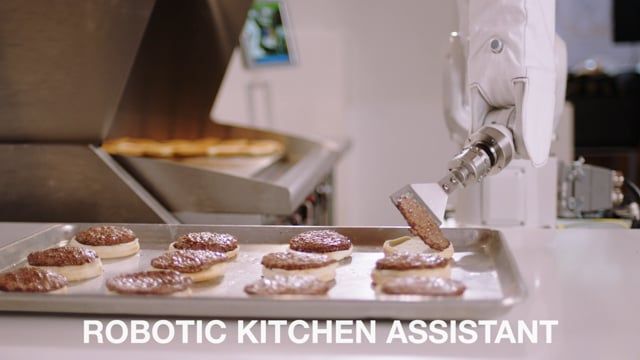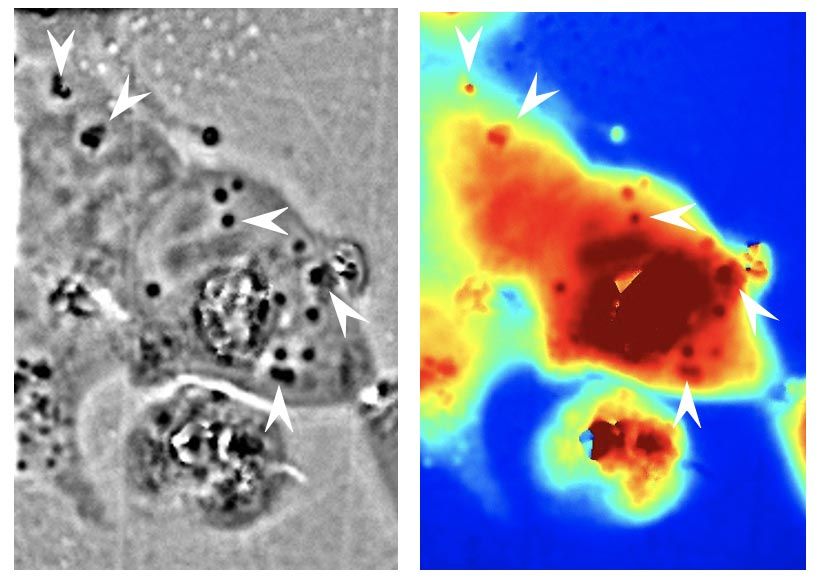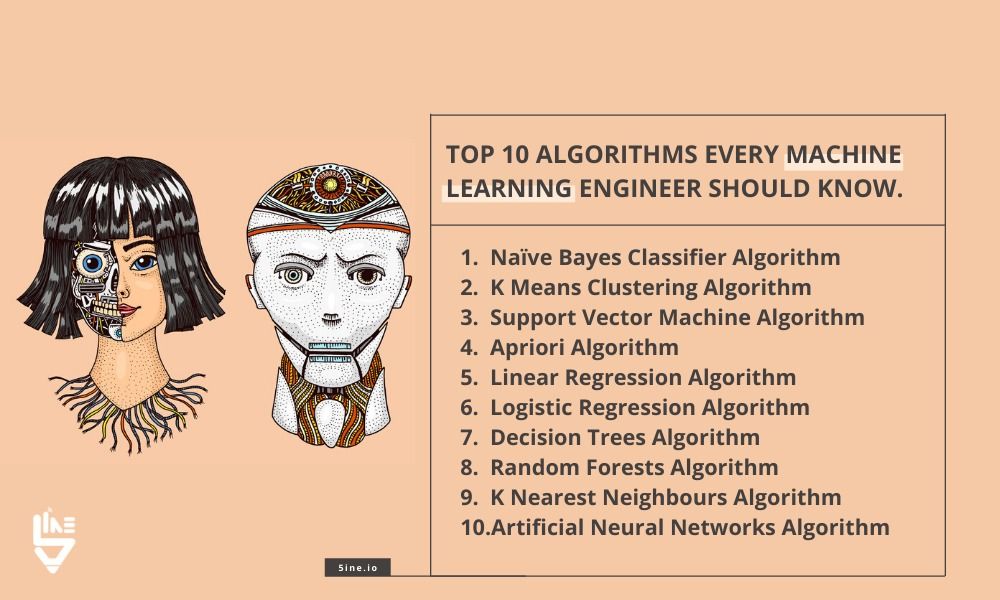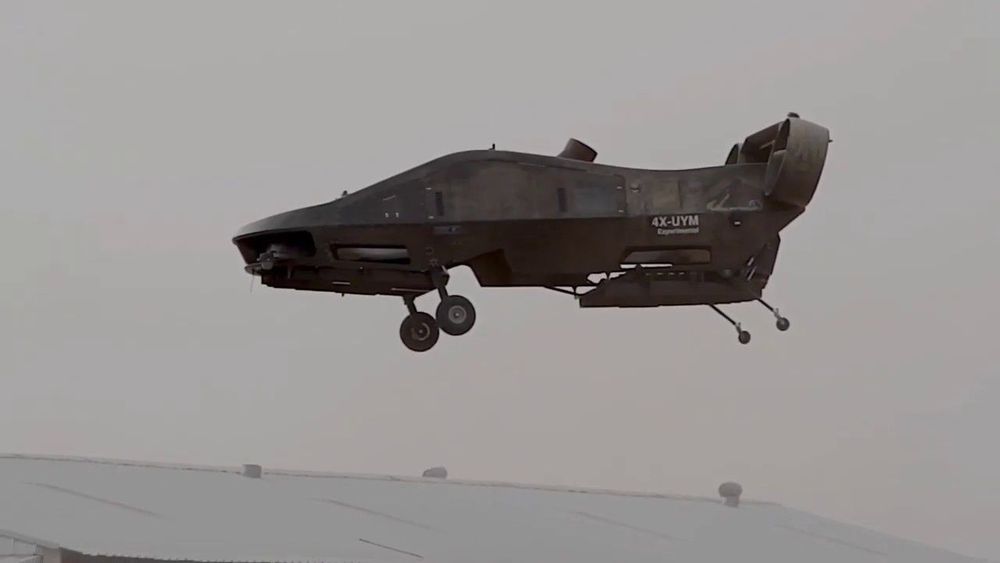Jun 21, 2020
Restaurants Are in Need of a Helping Hand. Miso Robotics Is Offering Them One. Literally
Posted by Kelvin Dafiaghor in categories: biotech/medical, employment, food, robotics/AI
Both are AI-enabled, allowing them to take in their surroundings and learn and evolve over time. They know what time to start cooking a well-done burger so that it’s done at exactly the same time as a medium-rare burger for the same order, or could learn how to optimize oil use to minimize waste, for instance.
In a pre-pandemic time of restaurant labor shortages, Flippy kept kitchen productivity high and costs low, a giant deal in an industry known for tiny margins. Introducing Flippy into a kitchen can increase profit margins by a whopping 300%, not to mention significantly reduce the stress managers feel when trying to fill shifts.

















